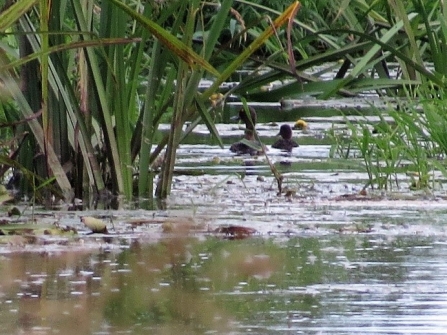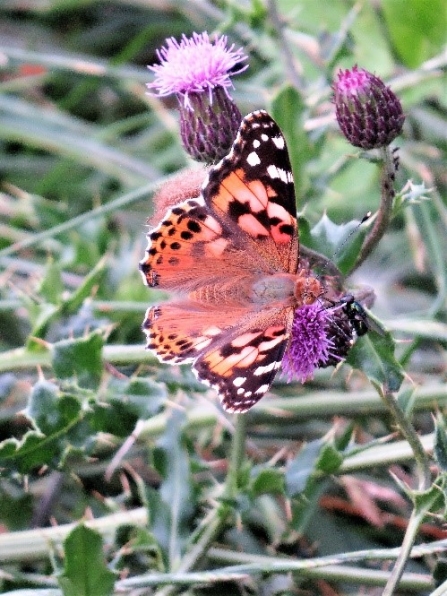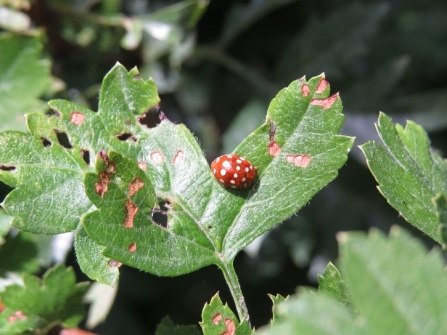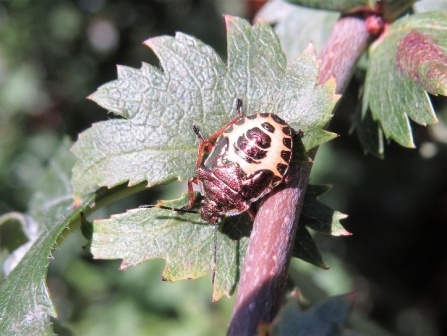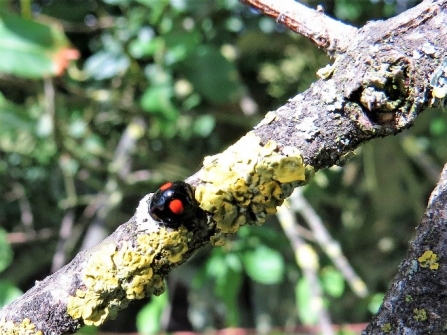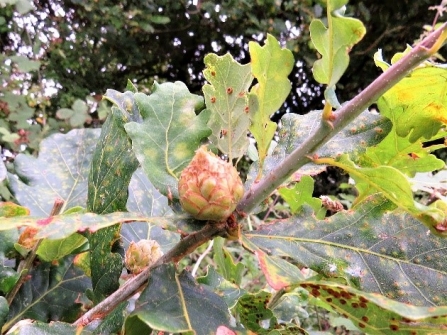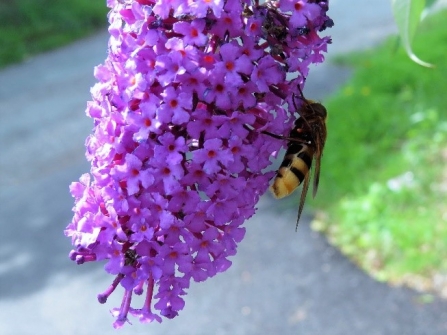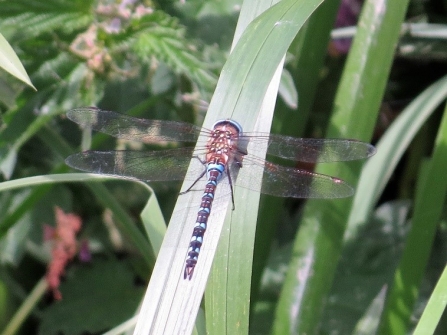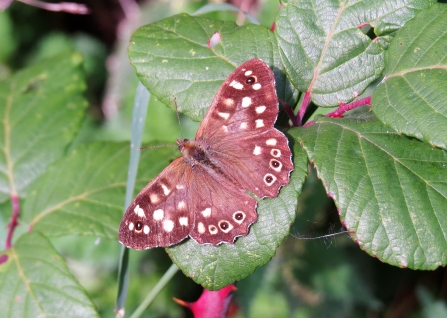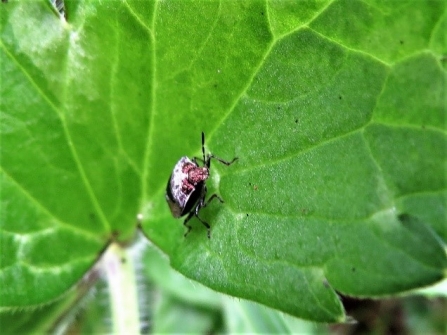August 5th
Mixture of sunny spells with cloud; breezy.
Another very slow day despite reasonable conditions – albeit a tad too breezy for the best insecting. In terms of the wind – peculiar at best as at the outset it was decidedly northerly, after which it went west, then south and by the time I’d returned home it was completely calm! This probably saved me a soaking as one particularly nasty looking storm passed to my west thanks to the northerly wind and then tracked east due to the westerlies…
Possibly the most notable event of the day concerned the sudden and massive appearance of leafmines belonging to the pear leaf blister moth (Leucoptera malifoliella). Sadly there were few actually on the reserve but in two places there were thousands along stretches of hawthorn hedge no longer than 100 metres. Staying with moths, Speckled Wood Lane chipped in with an adult blood vein plus mines of both Parornix devoniella and Carpotriche marginea. The lane was once more practically birdless though there were nine long-tailed tits, two juvenile willow warblers and a chiffchaff. The tone of calling buzzards suggested they were actually whinging juveniles, at least two.
Checking out the pond in SJ4373 was surprising as despite all the rain over the previous ten days or so there was no improvement in the size of what is best now described as a large puddle – with nothing attending other than a single lapwing. A few swallows were hawking over most of the meadows, perhaps 25 in total but no other hirundines or swifts; the ten greylags which flew through could have been a local family party.
About this time of year, surprisingly, some of the sightings of warblers may turn out to be the last. Some will undoubtedly have moved off south already, but any still around will have gone quiet apart from their contact calls or have gone completely silent. As such, records of whitethroat, sedge warbler and reed warbler were more than welcome. The latter was particularly interesting as it represented just the third record for SJ4373 ever and the first for autumn. Three immaculately plumaged ravens were rollicking around, presumably birds of the year just having fun; they passed so close their beautiful metallic plumage was stunning to see. Moving across the centre of the meadows produced nothing other than the third record of Epiblema scutulana for the reserve and on reaching the river there were to be just three banded demoiselles – not entirely unexpected as their numbers will be tailing off at this time.


